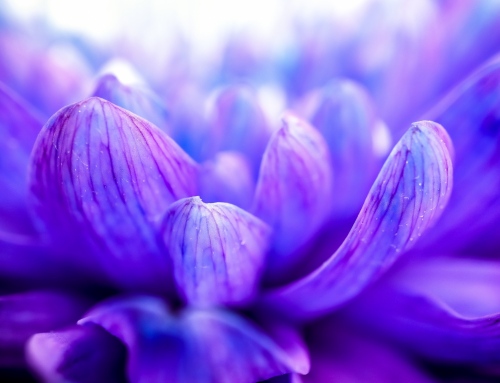Whether you are planning a trip to a nature reserve, a great African safari or simply a trip to your local zoo, chances are that you will pack your camera. In order to add some great wildlife photos to your album, there are some basic photography tips to make life easier. Here are five to take your wildlife photography to the next level.
Know your gear
The importance of knowing your equipment can’t be reiterated enough and it is no different when it comes to wildlife photography. Whether you have an entry level camera or professional equipment, without understanding it properly, you simply won’t get the desired results. Once you know what every single button’s function is and how to best use it, your nature photos will look much better.
Patience still a virtue
Wildlife photography requires a lot of patience. I have seen people visit nature reserves, but drive around all day, chasing time to spot as many animals as possible. However, wildlife photography should not be a race but rather a journey. Make time to sit at water points or bird hides. You would be surprised at the number of animals and birds that come when you wait, the perfect opportunity to get great nature photos.
Remember to spend as much time as possible with the animals, doesn’t matter if you are shooting something in your backyard or shooting herds of elephants or lions in a nature reserve. This will allow you to capture those intimate, interactive moments not often seen.
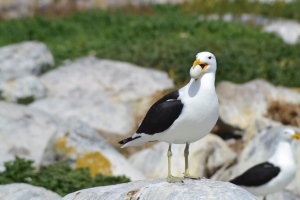
During a visit to Malgas Island just off the West Coast National Park in South Africa, the sea gulls were harassing were like vultures, waiting for any bird to let down their guard in order to steal an egg. With a bit of patience I captured this awesome photo just after it nicked an egg from a nest nearby.
Look for different angles
Telephoto lenses are a great investment as you can get very close to your subject. Play around with different angles when snapping your animal images. Get closer to your subjects; capture those razor sharp teeth or even the elephant’s wrinkles. Remember that eyes are the windows to the soul.
Shoot wider or closer
Sometimes it is good to take a step back and show some of the surroundings of the environment in your nature photos. In addition, also try and include the mood of the animal instead of just snapping another animal photo. Remember, a sense of scale can show the surroundings too.
Light is golden
Photography results come out better during the first rays of light and in the late afternoon. These are called the golden hours as the beautiful natural light enhances nature photos naturally. It is soft, golden, warm and magical. It adds that glow to any image and it is free!
Do you have great wildlife photos to share? Instead of just posting on Facebook, share and save them on a photo sharing website to preserve the quality of your nature photos. Don’t run the risk of losing your work. Visit www.slickpic.com for more.

Get different angles for your wildlife photos. You don’t always need an animal staring at the lens.
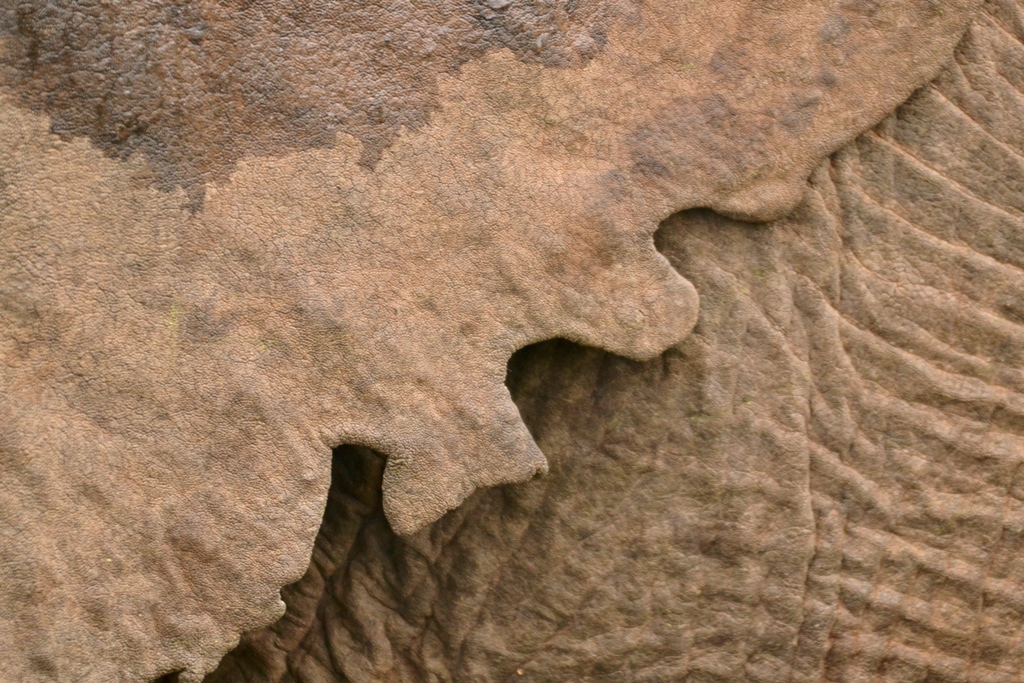
Get close to your subject with a telephoto or zoom lens. Surprisingly, elephants don’t have perfect ears.

Don’t always zoom into your photos. This image tells a bigger story due to the surroundings showcasing the area, in this case the very dry Kgalagadi Transfrontier Park in South Africa
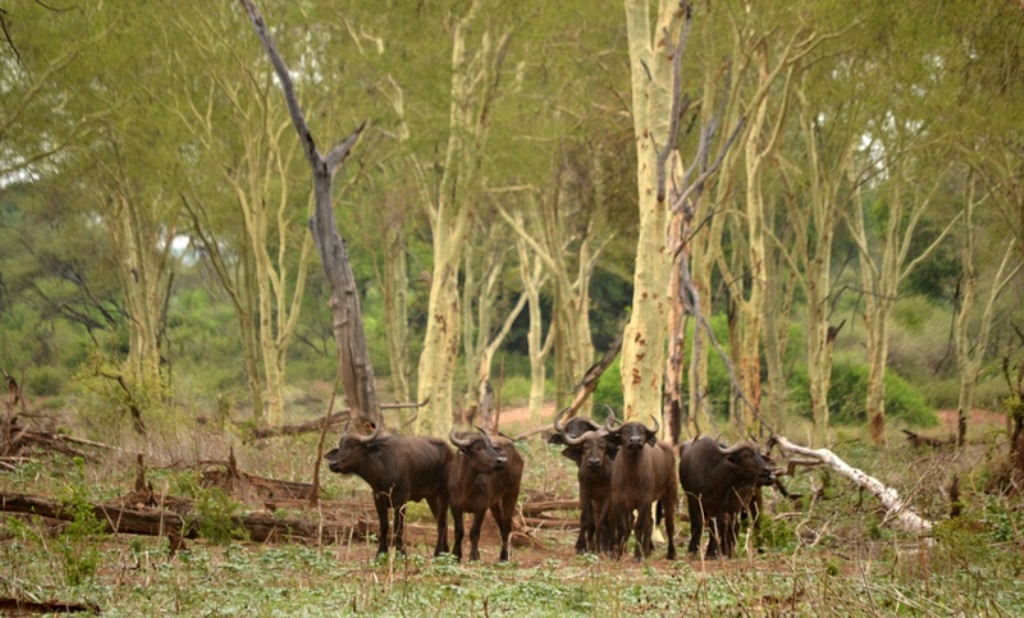
It would have been easy to take a close-up shot of a buffalo in this instance, but I took a step back and showcased these animal photos in a fever tree forest in the Kruger National Park.
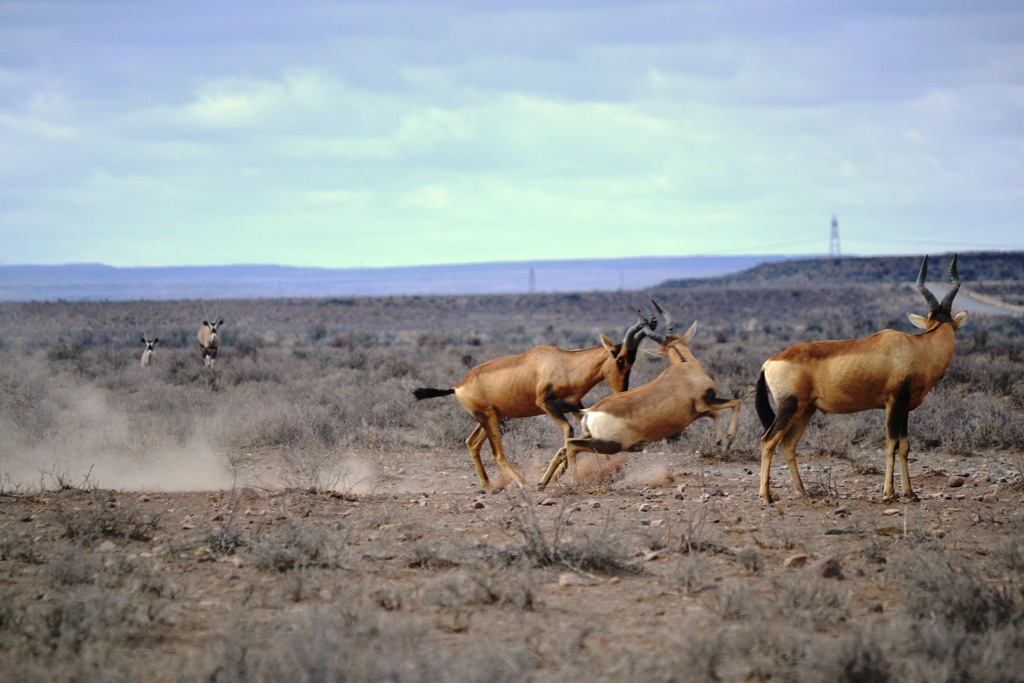
Show emotion and interaction when capturing wildlife photos. It will make for interesting conversation afterwards.

Golden light is your friend in nature photography. This little one just stands out so much more with the conditions.





